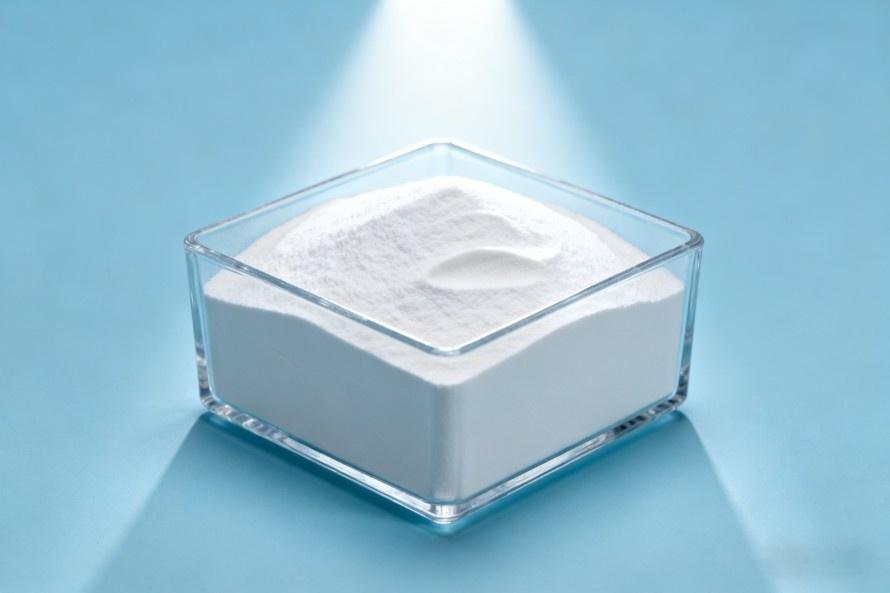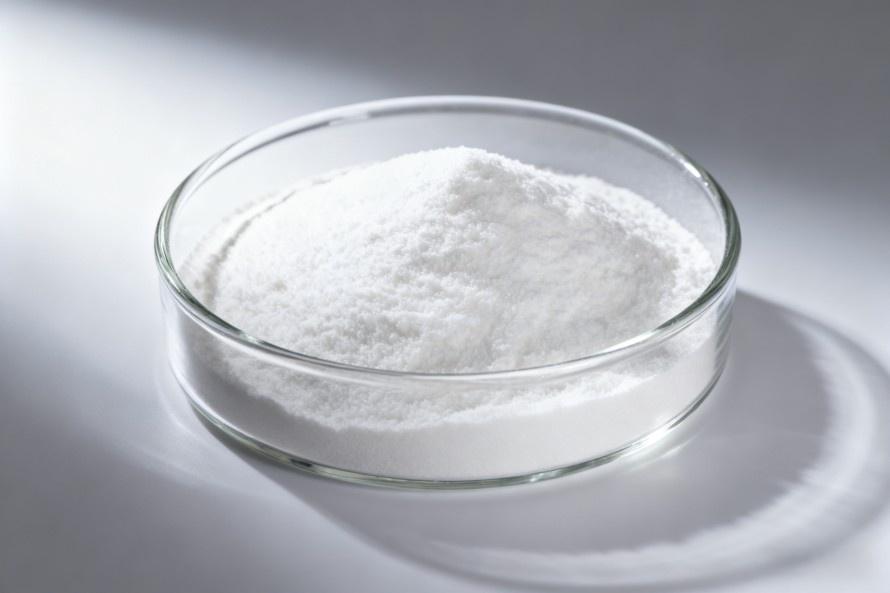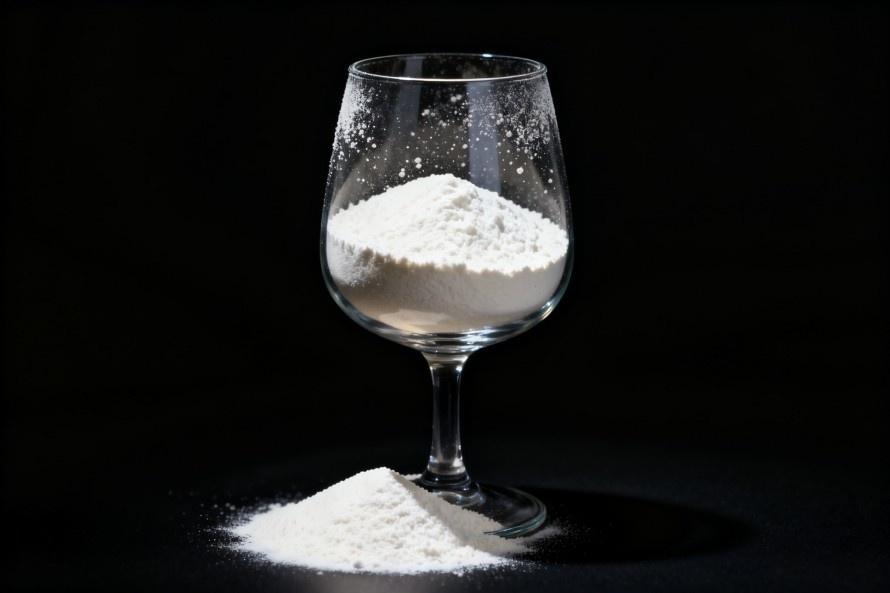Guaranteed Hyaluronic Acid Solutions | Comprehensive & Reliable | Green Spring Technology
In today's ingredient-driven era, hyaluronic acid has become an indispensable core component in numerous product formulations. However, the pursuit of premium-quality hyaluronic acid raw materials often presents a series of formidable challenges. These challenges not only impact product efficacy but also directly affect your brand reputation and market competitiveness.
Do you also face these concerns?
✨ Concerns about purity and impurities: Do undetectable impurities or residues in raw materials make you hesitant when entering demanding fields like pharmaceuticals or high-end functional skincare?
✨ Troubles with quality fluctuations: Do variations in key indicators like molecular weight and viscosity across different batches lead to inconsistent end-product efficacy and difficulty ensuring batch-to-batch consistency?
✨ Traceability and compliance risks: When facing audits or regulatory scrutiny, can your supplier provide a clear, credible end-to-end production traceability chain? Are compliance documents consistently difficult to obtain, hindering your project progress?
✨ Lack of technical support: Is your supplier merely a “seller,” unable to provide professional, timely technical assistance when you encounter application challenges or seek formulation optimization?
These challenges are not coincidental.
They stem from systemic deficiencies in upstream suppliers' production technology, quality systems, and compliance management. Choosing substandard raw materials means you'll pay a price far exceeding their cost—through subsequent quality control risks, R&D delays, or even market recalls.
Facing these industry-wide challenges, Green Spring Technology offers a radically different solution.
We understand that exceptional raw materials should not be a variable in product development but a constant foundation for success. Therefore, Green Spring Technology is committed to providing comprehensive hyaluronic acid solutions that transcend the product itself. Our goal is to systematically address all these challenges, allowing you to focus on innovation and market opportunities without any lingering concerns.
Part One: Scientific Understanding: What is Hyaluronic Acid?
Before delving into its diverse applications, we must first grasp the essence of hyaluronic acid scientifically and accurately. As a highly regarded bioactive ingredient, its exceptional properties stem from its unique molecular structure and natural attributes.
Definition and Chemical Essence
Hyaluronic Acid (HA), commonly present in the cosmetic and raw material sectors as its sodium salt—Sodium Hyaluronate—is a linear macromolecular polysaccharide naturally occurring in all living organisms.
It is composed of alternating N-acetylglucosamine and D-glucuronic acid units linked by β-1,3 and β-1,4 glycosidic bonds. This distinctive repeating disaccharide unit structure forms the molecular basis for its numerous extraordinary biological functions.
Natural Sources and Distribution
Hyaluronic acid is a vital component within living organisms, widely distributed in:
· Connective tissue: Such as the dermis layer of the skin, where it is crucial for maintaining skin plumpness and hydration.
· Synovial fluid: Within joint fluid, where it provides lubrication and cushioning.
· Vitreous humor: Inside the eyeball, where it maintains eye shape and structure.
· Umbilical cord and other tissues.
Commercially, to ensure purity, consistency, and scalable production, modern industry predominantly employs advanced microbial fermentation methods. This method utilizes plant-based nutrients like wheat and soybeans as culture media, employing pure-culture fermentation with selected non-pathogenic strains (e.g., Streptococcus equi subspecies equi). This process avoids potential risks associated with animal-derived extraction (such as allergenicity and viral contamination), offers controllable production, and yields products with high purity and a broad molecular weight range, meeting stringent regulatory requirements in the cosmetic and pharmaceutical sectors.
Core Physical Properties
Hyaluronic acid's most remarkable characteristic is its unparalleled water-binding capacity. Its molecular chains contain numerous hydrophilic groups (hydroxyl, carboxyl, etc.) that form hydrogen bonds with water molecules. Theoretically, a single molecule of hyaluronic acid can bind up to 1,000 times its weight in water, forming a viscoelastic three-dimensional network structure. This structure provides powerful moisturizing, lubricating, and supportive effects.
In summary, hyaluronic acid is a natural, safe, and highly hydrophilic glycosaminoglycan. Its inherent chemical structure determines its core biological functions and provides a robust scientific foundation for its diverse applications across multiple fields.
Part Two: Application Panorama: Diverse Fields of Hyaluronic Acid Raw Material
Leveraging its exceptional properties—moisturizing, repairing, lubricating, and biocompatible—hyaluronic acid has become the “gold standard” ingredient sought after across numerous industries. From daily skincare to high-end medical applications, its scope of use continues to expand. Green Spring Technology's hyaluronic acid raw materials, renowned for their superior quality and consistency, provide a solid foundation for product innovation across diverse sectors.
1. Cosmetics and Personal Care: Guardian of Skin Health
This remains hyaluronic acid's most recognized application. Formulations utilize different molecular weights to deliver multidimensional skincare benefits.
· High-Molecular-Weight Hyaluronic Acid: >800 kDa. Forms a breathable moisture barrier on the skin's surface, providing long-lasting hydration through moisture absorption and retention while reducing transepidermal water loss (TEWL). Ideal for leave-on products like creams, lotions, and balms.
· Medium-Molecular-Weight Hyaluronic Acid: 500 - 800 kDa, penetrates the stratum corneum to reinforce the skin barrier and deliver lasting hydration.
· Low- & Ultra-Low-Molecular-Weight Hyaluronic Acid: < 50 kDa, penetrates deep into the epidermis for intense hydration, promoting cell regeneration and repair. Commonly used in high-performance products like serums and ampoules.
· Acetylated Hyaluronic Acid: Features enhanced skin affinity and film-forming properties for prolonged hydration, serving as a star ingredient in premium skincare formulations.
2. Pharmaceutical Applications: A Reliable Carrier for Precision Medicine
In pharmaceuticals, hyaluronic acid demands exceptional purity, safety, and biocompatibility. Green Spring Technology's pharmaceutical-grade materials strictly comply with international pharmacopoeia standards.
· Ophthalmic Surgery: Used as an adjunct to maintain anterior chamber space and protect corneal endothelial cells.
· Joint Therapy: As the core component of viscosupplementation therapy, it is injected into the joint cavity of osteoarthritis patients to lubricate, cushion, and alleviate pain.
· Postoperative Anti-Adhesion: Forms a physical barrier between tissues after surgery to effectively prevent abnormal tissue adhesion.
· Drug delivery systems: Serves as a carrier for targeted, sustained-release drug administration, enhancing therapeutic efficacy.
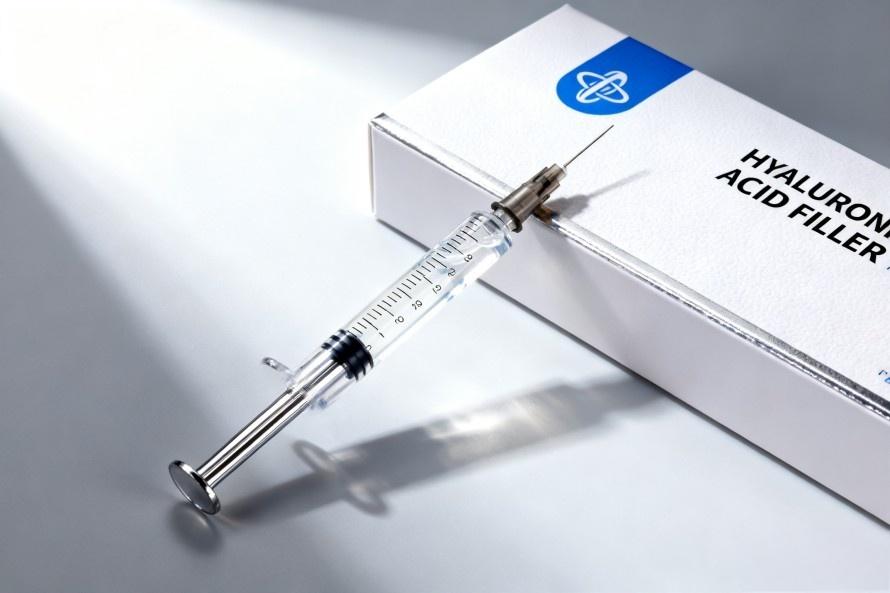
3. Medical Devices: Core Component of Innovative Materials
· Aesthetic Fillers: Cross-linked into gels for soft tissue augmentation (e.g., wrinkle reduction, facial contouring), offering safe and reversible results.
· Wound Dressings: Used for chronic wound healing (e.g., ulcers, burns), providing a moist healing environment to promote granulation tissue growth and epithelial cell regeneration.
· Surgical Anti-Adhesion Membranes: Degradable hyaluronic acid-based membranes used post-surgery in abdominal or pelvic procedures to effectively isolate surgical sites.
4. Health & Functional Foods: A New Chapter in Internal Beauty Care
The rise of “nourish from within, beautify externally” concepts has driven hyaluronic acid applications in food products. Authoritatively certified food-grade hyaluronic acid ingredients can be used in:
· Oral Beauty Supplements: Replenish endogenous hyaluronic acid to enhance skin hydration and elasticity, nourishing skin from within.
· Joint Health Products: Supplement with hyaluronic acid in synovial fluid to alleviate joint discomfort and improve mobility.
· Health Foods & Functional Beverages: As a premium functional ingredient, incorporated into gummies, oral solutions, beverages, and more.
Part Three: Mechanism of Action: The Scientific Foundation of Hyaluronic Acid's Exceptional Efficacy
Hyaluronic acid's broad applications across multiple fields stem from its robust scientific principles. As a raw material supplier, Green Spring Technology is committed to elucidating the intrinsic mechanisms behind hyaluronic acid's properties from molecular biology and materials science perspectives, providing reliable theoretical support for your product development.
1. Moisturizing and Barrier Function: The Powerful “Molecular Sponge”
Hyaluronic acid's hydrating capacity is its core characteristic, primarily achieved through its physicochemical structure.
· Molecular Mechanism: Regularly arranged hydroxyl (-OH) and carboxyl (-COOH) groups on hyaluronic acid chains are highly hydrophilic. These groups form dense, dynamic hydration layers by bonding with numerous water molecules via hydrogen bonds.
· Spatial Structure: Its linear macromolecular chains extend and coil within water, forming a randomly coiled, porous three-dimensional network. This structure can “trap” water molecules far exceeding its own weight, providing physical water storage.
· Barrier Formation: When applied to the skin surface, this hydrated network forms a viscoelastic, breathable film that effectively reduces transepidermal water loss (TEWL), thereby helping maintain local environmental humidity.
2. Repair and Tissue Engineering: The “Regulator” of the Cellular Environment
Hyaluronic acid is a key component of the extracellular matrix, and its role in tissue repair is closely linked to cellular behavior.
· Cell Interactions: Studies indicate hyaluronic acid interacts with specific cell surface receptors (e.g., CD44, RHAMM). This interaction is believed to regulate cell migration, proliferation, and differentiation—processes critical for tissue repair and regeneration.
· Providing Physical Scaffolding: In wound healing or tissue engineering, hyaluronic acid-based materials form a hydrophilic, biocompatible temporary scaffold. This provides a favorable microenvironment for cell adhesion and growth while guiding organized tissue regeneration.
· Modulating inflammatory responses: Literature indicates that hyaluronic acid of varying molecular weights holds potential to regulate inflammatory processes. For instance, low-molecular-weight hyaluronic acid may participate in immunomodulation within specific models.
3. Lubrication and cushioning: Exceptional “hydrodynamic” properties
The inherent rheological characteristics of hyaluronic acid solutions render them ideal lubricants.
· Viscoelastic Mechanism: In solution, entangled hyaluronic acid macromolecular chains exhibit properties of both viscous liquids and elastic solids (i.e., viscoelasticity). When subjected to shear forces (e.g., joint movement), these chains undergo reversible deformation and rebound, delivering superior lubrication and shock-absorbing cushioning.
· Boundary Lubrication: Its molecules can adsorb onto tissue surfaces, providing effective lubrication protection between two contacting surfaces even under low-velocity, high-load conditions.
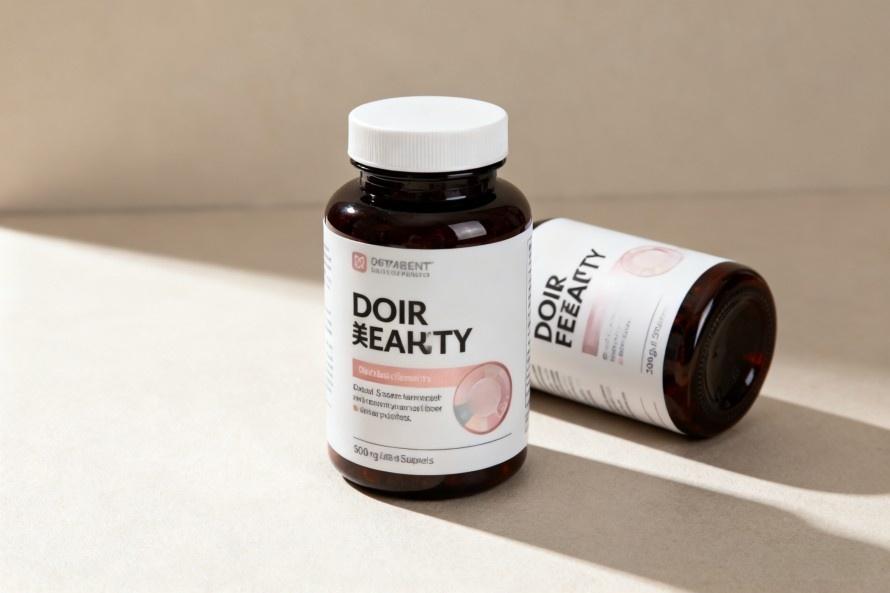
The multifunctionality of hyaluronic acid stems not from a single mechanism, but from the synergistic interaction of its unique molecular structure, physical properties, and biological functions. Understanding these underlying mechanisms is essential for the efficient and precise application of hyaluronic acid raw materials.
Part Four: Professional Guide: How to Select High-Quality Hyaluronic Acid Raw Materials?
Choosing a premium hyaluronic acid raw material is the primary step in ensuring the safety, efficacy, and market competitiveness of end products. Faced with suppliers of varying quality, how can one make a professional and informed decision? Based on extensive industry experience, Green Spring Technology recommends a comprehensive evaluation across the following six core dimensions.
1. Specifications and Molecular Weight: Precisely Match Application Requirements
Molecular weight is the core parameter of hyaluronic acid, directly determining its properties and application direction.
· Key Considerations:
· Molecular Weight Range and Distribution: Does the supplier provide a single molecular weight or a range? Is the molecular weight distribution concentrated? A narrow distribution indicates batch consistency.
· Application Compatibility:
· Ultra-High Molecular Weight (>1800kDa): Exceptional film-forming properties, suitable for surface hydration and barrier repair.
· Large Molecules (800kDa - 1800kDa): Classic hydration for creams and lotions.
· Medium Molecules (500kDa - 800kDa): Balanced penetration and hydration.
· Small Molecules (50kDa - 500kDa): Enhanced penetration for serums and repair-focused formulations.
· Ultra-low molecular weight (<50 kDa): Deep penetration for high-performance products.
· Hydrolyzed hyaluronic acid/sodium hyaluronate: Exceptional solubility, ideal for transparent formulations.
2. Purity and Impurity Control: The Foundation of Safety and Efficacy
Purity is fundamental to ensuring ingredient safety and bioactivity, particularly for pharmaceutical and premium cosmetic applications.
· Key Considerations:
· Heavy Metal Content: Strict compliance with or exceeding cosmetic safety standards and national pharmacopoeia requirements (e.g., lead, arsenic, mercury, cadmium).
· Protein Residues: Indicative of manufacturing processes; excessive residues may increase sensitization risks.
· Nucleic Acid Residues: A critical control indicator for microbial fermentation methods, requiring extremely low residual levels.
· Endotoxin Levels: For pharmaceutical-grade and medical device products, endotoxins represent a key quality control point requiring strict regulation.
3. Quality Stability and Batch Consistency: Ensuring Scalable Production
Consistency between batches is vital for maintaining uniform end-product quality.
· Key Considerations:
· Batch-to-batch data: Require suppliers to provide continuous quality inspection reports (COA) for multiple batches, comparing the fluctuation range of key indicators (e.g., molecular weight, viscosity, purity).
· Production standards: Does the supplier manufacture under high-quality systems such as cGMP (current Good Manufacturing Practice) or ISO22716? This provides systematic assurance for stability.
· Accelerated Stability Testing Data: Can the supplier provide stability study data for the raw material to predict its shelf-life performance?
4. Full Traceability System: Manifestation of Quality Accountability
Complete traceability capability is a mandatory indicator for supplier management and quality risk mitigation.
· Key Considerations:
· Raw Material Traceability: Can batches be traced back to the strain bank and fermentation raw materials?
· Production Process Records: Are comprehensive records maintained for the entire production, purification, and packaging process?
· Transparency Level: When quality concerns arise, can the supplier rapidly and clearly provide traceability information for relevant stages?
5. Comprehensive Compliance and Technical Documentation: The “Passport” to Market
Complete, standardized documentation is an indispensable component for compliant product launch.
· Key Considerations:
· Foundational Documents: Are detailed Technical Data Sheets (TDS) and Certificate of Analysis (COA) provided for each batch?
· Safety Data: Are compliant Material Safety Data Sheets (MSDS/SDS) provided?
· High-Level Support Documents: Do they support advanced filing documents like Drug Master Files (DMF) and Certificates of Pharmacopoeial Compliance (CEP)? This is critical for pharmaceutical and medical device registrations.
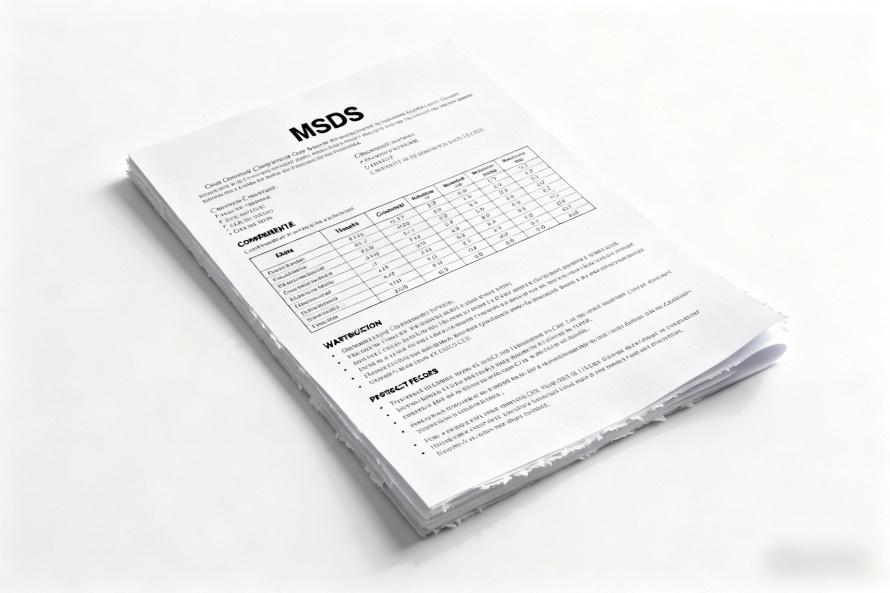
6. Technical Support & Customization Capabilities: Partners Beyond Transactions
An excellent supplier should extend your R&D capabilities.
· Key Considerations:
· Technical Responsiveness: Can they provide timely, professional answers to application-related technical questions?
· Customization Potential: Can they offer tailored services—specific molecular weights, derivatives, or formulation solutions—based on your unique requirements?
· Collaborative R&D Willingness: Do they possess the capability and willingness to jointly develop new applications and solve technical challenges?
Selecting hyaluronic acid raw materials is a systematic evaluation process. Starting with clearly defined requirements, conducting a comprehensive review of suppliers—from “hard metrics” (specifications, purity, data) to “soft capabilities” (systems, documentation, support)—is key to identifying the ideal partner.
Part Five: Green Spring Technology's Comprehensive Hyaluronic Acid Raw Material Solution
Green Spring Technology offers a comprehensive hyaluronic acid raw material solution designed to systematically address industry pain points and transcend traditional buyer-seller relationships. We provide not only products but also end-to-end quality assurance and technical empowerment.
I. Full-Spectrum Precision Product Matrix: Precisely Matching Every Need
Through deep insights into application scenarios, we have built a specialized product matrix spanning pharmaceuticals, cosmetics, and health sectors, ensuring every innovative concept finds its precise raw material counterpart.
1. Pharmaceutical-Grade Benchmark: Setting Safety Standards with Impeccable Purity
Strictly adhering to cGMP and major global pharmacopoeia standards, we establish quality benchmarks for high-end formulations like injectables and eye drops.
· Core Product: Eye Drops Grade Sodium Hyaluronate Powder Bulk — Ultra-low endotoxins and exceptional purity, a reliable choice tailored for ocular health.
2. Cosmetic Grade Excellence: Unlocking skincare efficacy through differentiated molecular weight strategies
From barrier repair to deep nourishment, we deliver comprehensive efficacy solutions to help you create next-generation star skincare products.
· Core Products:
· Cosmetic Grade High Molecular Weight Hyaluronic Acid Powder — Forms a breathable, moisture-retaining film on the skin surface for classic, highly effective hydration.
· Cosmetic Grade Low Molecular Weight Hyaluronic Acid Powder — Exceptional skin permeability, dedicated to promoting deep repair and collagen production.
· Hyaluronic Acid Powder for Skin Bulk / Cosmetic Raw Material Hyaluronic Acid Powder — Versatile premium raw material, providing a cost-effective hydration foundation for various cream, lotion, and emulsion formulations.
· Cosmetic Grade Hyaluronic Acid Powder Wholesale — Designed for large-scale production needs, ensuring consistent quality and cost-effectiveness in bulk supply.
3. Food-Grade Vitality: Infusing New Energy into Oral Beauty and Joint Health
Certified by national authorities for safety and reliability, enhancing the appeal of your health drinks and dietary supplements.
· Core Products:
· Food Grade Sodium Hyaluronate Powder Bulk — High solubility and excellent stability make it ideal for oral liquids, tablets, and similar products.
· Food Grade Hyaluronic Acid Powder for Drinks — Optimized for liquid beverages, offering rapid dissolution, clarity, and a pleasant taste experience.
4. Custom Development: Your Unique Vision, Our Development Mission
We support OEM/ODM services, offering deep customization in molecular weight, particle size, and formulation solutions tailored to your specific needs, helping you build unique product barriers.
II. Core Technical Advantages: Ensuring Superior Quality from the Source
Our strengths are rooted in the ultimate pursuit of technology and quality.
· Cutting-edge fermentation and purification: Utilizing selected strains and precision-controlled microbial fermentation, combined with multi-stage membrane separation and chromatographic purification, we ensure ultra-high purity (protein and nucleic acid residues far below industry standards) and a concentrated molecular weight distribution.
· Precise Molecular Weight Control Throughout: Our proprietary process enables stable production of a full spectrum of products—from ultra-low molecular weight (<10 kDa) to ultra-high molecular weight (>2,000 kDa)—with exceptional batch-to-batch consistency.
III. Quality Control System Exceeding International Standards
Quality is not only manufactured but also managed. Our quality system is the foundation of your confidence.
· Stringent Quality Control Points: Over 20 quality control points (IPCs) are established from raw material intake to finished product shipment, providing comprehensive monitoring of critical indicators including heavy metals, microorganisms, endotoxins, molecular weight, and viscosity.
· Compliance and Documentation Support: We provide comprehensive TDS, COA, and MSDS documents. Upon request, we also supply validated test method documentation compliant with USP, EP, and CP pharmacopoeia standards, along with DMF filing support, clearing obstacles for your product's global market registration.
IV. Robust Supply Chain and Full Traceability
We understand the critical importance of stable supply and quality traceability for your production planning.
· Full Traceability System: Leveraging advanced ERP and MES systems, we assign a unique “identity” to each batch, enabling end-to-end traceability from strain → fermentation → purification → packaging → shipment. Upon request, we can pinpoint all production details within hours.
· Scalable & Stable Supply: With modern production facilities, we maintain ample capacity and commit to long-term, stable supply—never letting market fluctuations disrupt your operations.
Choosing Green Spring Technology means gaining not just raw materials, but a reliable guarantee and a powerful technical backbone.
We promise that all concerns raised in the previous section “How to Choose”—from specification purity and quality consistency to documentation traceability and technical support—will find satisfactory answers through your partnership with Green Spring Technology.
Part Six: Q&A: Common Questions About Hyaluronic Acid Raw Materials
When considering hyaluronic acid raw materials, you may have specific questions. Green Spring Technology upholds open and transparent communication. Here, we compile and answer the most frequently asked questions to help you make more confident decisions.
Q1: What are the main differences between cosmetic-grade, food-grade, and pharmaceutical-grade hyaluronic acid raw materials?
A: The core distinctions lie in quality control standards, purity requirements, and applicable regulations.
· Pharmaceutical Grade: Adheres to national pharmacopoeia standards (e.g., USP, EP, CP), enforcing the strictest controls on impurities (proteins, nucleic acids), heavy metals, endotoxins, and microbial limits. Production must occur under cGMP conditions with a complete traceability system, primarily used in pharmaceuticals and medical devices.
· Food-grade: Must comply with national food safety standards, focusing on sanitary indicators like heavy metals and microorganisms to ensure oral safety.
· Cosmetic-grade: Follows the “Cosmetic Safety Technical Specifications” and relevant industry standards, with strict purity and safety requirements. However, compared to pharmaceutical-grade, it has different control standards for certain specific impurities (e.g., endotoxins).
Green Spring Recommendation: Cross-grade usage is strictly prohibited. We provide dedicated production lines for compliant raw materials tailored to different application areas, complete with corresponding certification documents.
Q2: How should “molecular weight” be understood and what impact does it have on the end product?
A: Molecular weight represents the average length of the hyaluronic acid molecular chain and is a key indicator determining its performance.
· High molecular weight (>800kDa): Primarily forms a breathable moisture barrier on the skin surface, offering excellent water retention with a slightly tacky feel. Suitable for creams and lotions.
· Low molecular weight (<500kDa): Enhanced penetration allows action in deeper skin layers, commonly used in serums claiming “repair” or “deep hydration.”
· Ultra-low molecular weight (<10kDa): Offers the strongest penetration capability and is recognized in research for its potential bioactivity.
Green Spring Advantage: We provide a full spectrum of molecular weight products and offer formulation guidance to achieve “multi-dimensional hydration” and multi-functional efficacy within a single product.
Q3: How does Green Spring Technology ensure batch consistency for its hyaluronic acid raw materials?
A: We ensure exceptional batch consistency through three core systems:
1. Process Standardization: Fully automated control throughout production, with critical process parameters (e.g., fermentation temperature, pH, shear force) maintained within extremely narrow fluctuation ranges.
2. Stringent Quality Control: Over 20 intermediate control points from raw materials to finished goods, ensuring each batch of semi-finished products meets standards before advancing to the next stage.
3. System Assurance: Our production quality management system (compliant with ISO9001 & ISO22716) standardizes and ensures traceability for every aspect, from personnel operations to equipment maintenance.
Q4: Can samples be provided for testing? What is the process?
A: Absolutely. We encourage clients to test samples before placing orders. To match you with the most suitable samples and provide effective technical support, please submit the following via our [Contact Us] page:
· Specific application area (e.g., serums, eye drops, oral solutions)
· Desired molecular weight range or efficacy requirements
· Required compliance document level
Our application engineers will promptly process your sample request and provide corresponding technical documentation.
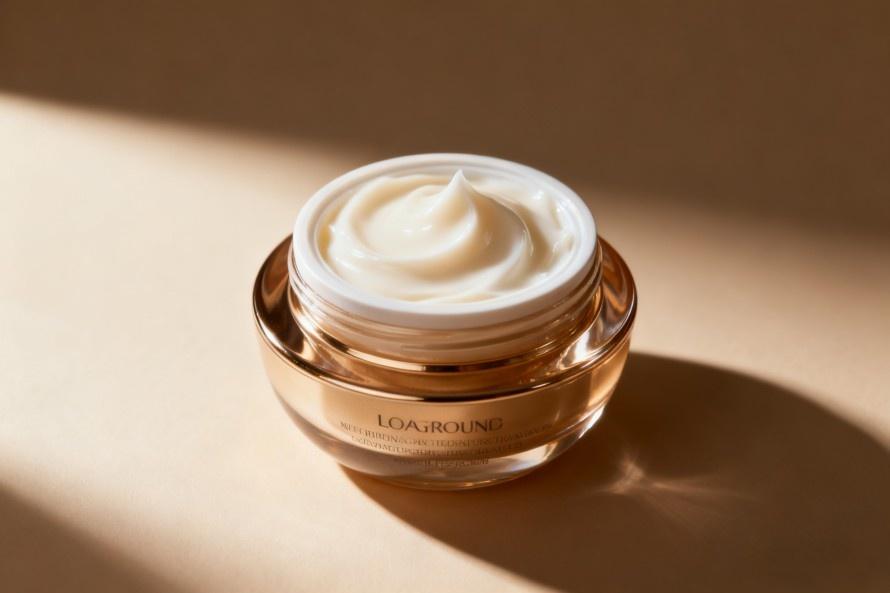
Q5: Do you offer customized services (e.g., specific molecular weight, blending, certification documents)?
A: Yes. Customization is a core component of our “Comprehensive Solutions.”
· Product Customization: We offer materials with specific molecular weight ranges, varying particle sizes, and formulations blended with other active ingredients (e.g., ectoin, centella asiatica extract).
· Documentation Customization: Upon request, we provide registration support documents compliant with specific national or regional regulations (e.g., DMF filing certificates, product safety assessment data).
Q6: What is the typical delivery lead time after placing an order?
A: For standard products, we maintain safety stock and can usually arrange shipment within 5-7 business days after contract signing. For bulk orders or customized products, our sales representatives will provide an accurate production and delivery schedule upon order confirmation.
If you have more specific technical or collaboration questions not listed here, our technical sales team stands ready to provide personalized professional guidance.
Part Seven: Take Action Now: Partner with Green Spring Technology
You have gained deep insights into the industry challenges, scientific mechanisms, and selection criteria for hyaluronic acid raw materials, and witnessed the comprehensive, reliable solutions offered by Green Spring Technology. Now is the time to transform this understanding into tangible momentum to propel your project forward.
We look forward to becoming your trusted strategic partner, laying a solid foundation for your next successful product.
You may initiate a conversation with us through any of the following channels:
Tel: +86 29 88313578
Mob: +86 13649243917
WhatsApp: +86 13649243917
Email: helen@greenspringbio.com
Web: https://www.greenspringnatural.com/
We understand every project is unique, which is why we offer multiple convenient communication channels to efficiently address your specific needs.
1. Request Free Samples & Technical Documentation
(Recommended for R&D and procurement leads with clear initial intent)
Seeing is believing. Request samples to personally experience the exceptional quality and consistency of Green Spring Technology's raw materials.
· Please provide: Your name, company, application field, and specifications/model numbers of ingredients you're interested in.
· You will receive: Corresponding samples + complete technical documentation (TDS, COA, MSDS).
2. Schedule a Dedicated Technical Consultation
(Recommended for R&D and product managers with specific technical challenges or customization needs)
Engage in a one-on-one, in-depth discussion with our application engineers to address your specific challenges.
· Discussion topics may include: formulation troubleshooting, efficacy claim support, customized solution exploration, regulatory compliance guidance.
· Please provide: Your specific technical questions or requirements overview so we can assign the most suitable expert.
3. Request Detailed Product Quotations & Documentation
(Recommended for procurement and project managers responsible for supplier screening and evaluation)
Obtain customized product quotations tailored to your needs, along with comprehensive company and production capacity profiles.
· Please provide: Product names/models of interest, estimated usage volume, and any special requirements.
Our Commitment:
Regardless of your contact method, you will receive a clear response from our relevant professional team within 1 business day. We value every inquiry and are committed to advancing collaboration with efficiency and professionalism.
-
Prev
None
-
Next
Green Spring Technology's Comprehensive Standardized Pomegranate Peel Extract Ingredient Solution


 English
English French
French Spanish
Spanish Russian
Russian Korean
Korean Japanese
Japanese